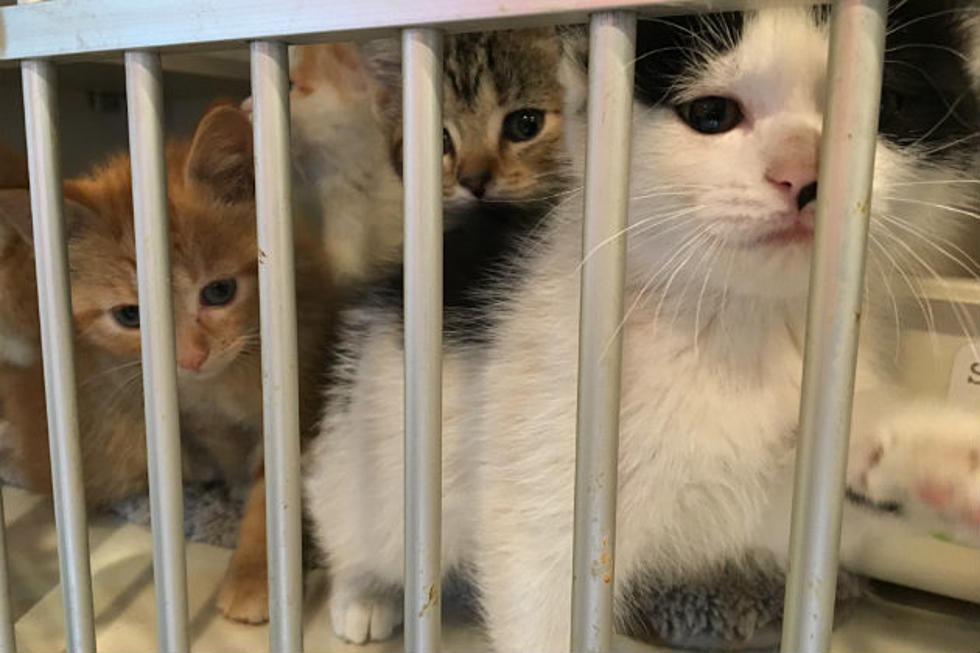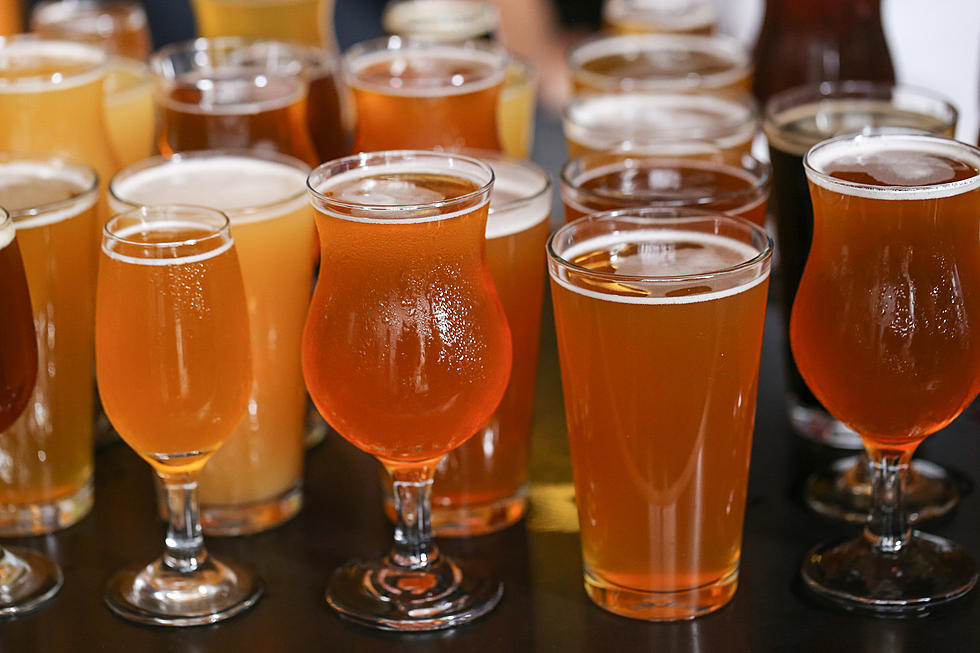
What Fish Can We Eat?
I thought fish was supposed to be good for you! Well...Here we go. Our oceans have become so depleted of wild fish stocks, and so polluted with industrial contaminants, that trying to figure out the fish that are both safe and sustainable can make your head spin. "Good fish" lists can change year after year, because stocks rebound or get depleted every few years, but there are some fish that, no matter what, you can always decline.
Imported Catfish
Nearly 90 percent of the catfish imported to the U.S. comes from Vietnam, where use of antibiotics that are banned in the U.S. is widespread. The two varieties of Vietnamese catfish sold in the U.S., Swai and Basa, aren't technically considered catfish by the federal government so they are not held to the same inspection rules that other imported catfish are. That's not fair, if you ask me.
What you CAN have:
Domestic, farm-raised catfish. It's responsibly farmed and there is a lot of it, making it one of the best fish you can eat.
Caviar
Caviar from Beluga and wild-caught Sturgeon are susceptible to overfishing, but the species are also being threatened by an increase in dam building that pollutes the water in which they live. All forms of caviar come from fish that take a long time to mature, which means that it takes an incredibly long time for populations to rebound.
What you CAN have:
If you really love Caviar, (I think your crazy.) Other than that, opt for fish eggs from American Lake Sturgeon or American Hackleback/Shovelnose Sturgeon Caviar from the Mississippi River system.
Atlantic Cod
This one was difficult to add to the " bad list because it is vital to the economic health of New England fishermen. Chronic mismanagement by the National Marine Fisheries Service and low stock status make it difficult to recommend. Atlantic cod stocks collapsed in the mid-1990's and the species is now listed as one step above endangered. Scary!
What you CAN have:
If you love fish 'n' chips (which is nearly always made with cod), Pacific cod stocks are still strong.
Eel
Also called yellow or silver eel, this fish, frequently found in sushi dishes, made its way onto the list because it's contaminated with PCB's and mercury. The fisheries are also suffering from pollution and over harvesting.
What you CAN have:
If you like the taste of eel, opt for Atlantic- or Pacific-caught squid instead.
Imported Shrimp
Imported shrimp actually holds the designation of being the dirtiest of fish, as 90 percent of shrimp sold in the U.S. is imported. Imported farmed shrimp comes with contaminants like antibiotics, residues from chemicals used to clean pens, mouse hair, rat hair, and pieces of insects. Not to mention E. coli have been detected in imported shrimp. (Can you say...I'm ready to throw up now). Less than 2 percent of ALL imported seafood (shrimp, crab, catfish, or others) gets inspected before being sold!
What you CAN have:
Look for domestic shrimp. Seventy percent of domestic shrimp comes from the Gulf of Mexico, which relies heavily on shrimp for economic reasons. Pink shrimp from Oregon are also a good choice; the fisheries there are certified under the Marine Stewardship Council guidelines.
Halibut
This group of fish includes flounder, sole, and halibut that are caught off the Atlantic coast. Heavy contamination and over fishing that dates back to the 1800s is the reason its on the bad list. Populations of these fish are as low as 1 percent of what's necessary to be considered sustainable for long-term fishing.
What you CAN have:
Pacific halibut seems to be doing well, but it is recommended that replacing these fish with other mild-flavored white-fleshed fish, such as domestically farmed catfish or tilapia is best.
Atlantic Salmon
It's actually illegal to capture wild Atlantic Salmon because the fish stocks are so low, and they're low because of farmed salmon. Salmon farming is very polluting. Thousands of fish are crammed into pens, which leads to the growth of diseases and parasites that require antibiotics and pesticides. Often, the fish escape and compete with native fish for food, leading to declines in native populations. Another scary thought for you: The U.S. Food and Drug Administration is moving forward with approving genetically engineered Salmon to be sold, unlabeled, to unsuspecting seafood lovers! That Salmon would be farmed off the coast of Panama, and it's unclear how it would be labeled. Currently, all fish labeled "Atlantic salmon" come from fish farms.
What you CAN have:
Opt for wild Alaskan salmon! Ask your Butcher if the Salmon they offer is from Alaska!
So...Summary? I LOVE fish. There are great health benefits when you get fish that are doing well. Just keep in mind.. the bad and good list can change from year to year, so stay on top of it!


